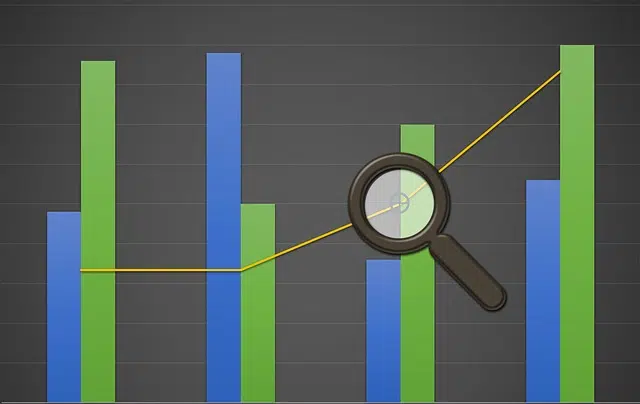
Biostatistics is a specialization of statistics.
Biostatistics is a scientific discipline that is responsible for the application of statistical analysis to different issues related to biology . It can be said that biostatistics is an area or specialization of statistics , the science dedicated to the quantitative study of all types of variables.
At the beginning of the 19th century, the practice of using mathematical methods to quantify patient variables began to expand. Tuberculosis, for example, is a disease that began to be studied in depth based on mathematical data.
Medicine , in this way, incorporated biostatistics into its studies to obtain data on infections, epidemics, etc. The analysis of the statistics recorded by doctors and nurses, little by little, became very important for the generation of useful information in treatments and prevention campaigns.
Biostatistics, public health and ecology
Biostatistics can be useful in various areas of public health . By analyzing the weight recorded by adolescents between 15 and 18 years old, to name one possibility, an obesity epidemic can be diagnosed or a high rate of malnutrition can be warned. In the epidemiology sector, biostatistics helps detect how an epidemic is advancing or regressing, where prevention is being most effective or where more resources should be sent to reverse a negative trend.
Ecology can also use biostatistics to record pollution levels and other indicators that directly affect the lives of people, animals, plants and other living beings.
Pierre Charles-Alexandre Louis, a pioneer
The first scientist to use mathematical methods to analyze data from his patients and their respective diseases was Pierre Charles-Alexandre Louis , a French doctor born in 1787. As mentioned in a previous paragraph, the first application of biostatistics He focused on a study that Louis carried out on tuberculosis in his work entitled Numerical Method , which was of great influence on the doctors who followed him.
His students and disciples, for their part, took advantage of their discoveries to improve and expand the methods used until then and carry their legacy to the inevitable evolution. His teachings continued to inspire several generations of scientists, to the point that a century later they could be seen in the maps and epidemiological analyzes carried out by the Frenchman Louis René Villermé and the Englishman William Farr.

Public health can access useful data thanks to biostatistics.
Other theoretical contributions to biostatistics
In 1812, on the other hand, a French mathematician and astronomer named Pierre Simon Laplace published a treatise on the analytical theory of probability that supported the importance of biostatistics in solving medical problems.
One of the most relevant concepts in this context is the modern evolutionary synthesis , also called neo-Darwinian synthesis or new synthesis , among other names. It is the fusion of Charles Darwin 's theory of evolution and the genetics of the Catholic Augustinian monk Gregor Johann Mendel , author of Mendel's laws , which are the bases of genetic inheritance .
Modeling and reasoning
For the modern synthesis of evolution , two elements of great importance were the modeling and reasoning of biostatistics, which gave rise to its foundation. After Mendel's work was rediscovered, a marked confrontation took place between his followers and the so-called biometricians over the resolution of problems related to understanding the relationship between Darwinism and genetics.
Ronald Fisher, JBS Haldane and Sewall G. Wright, three renowned statisticians, were responsible for ending this conflict during the 1930s. At that time, they presented biostatistics as one of the fundamental branches of the new synthesis .
